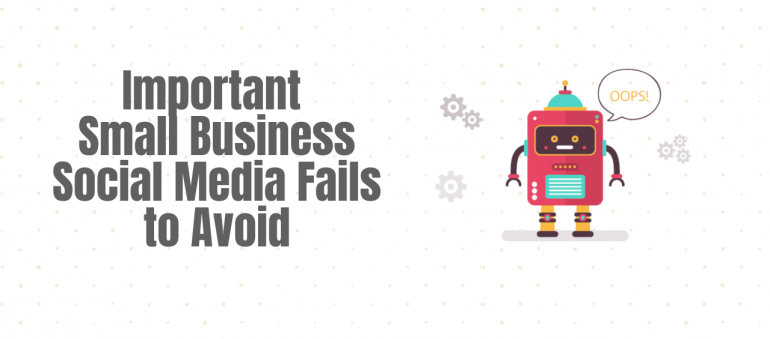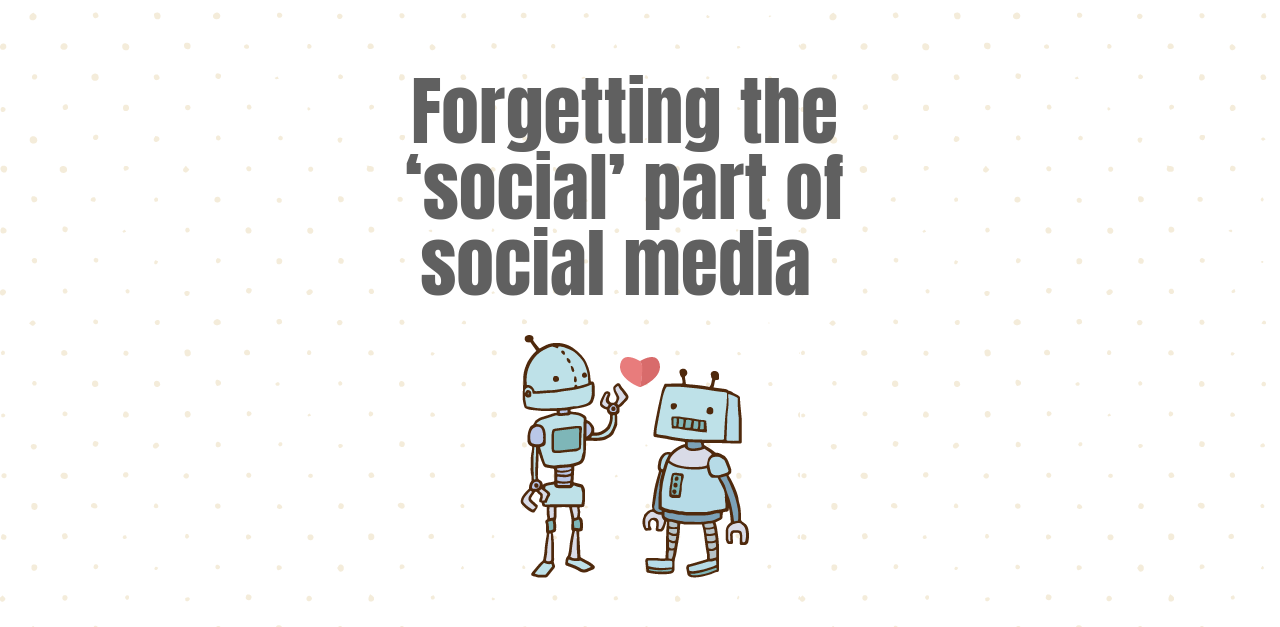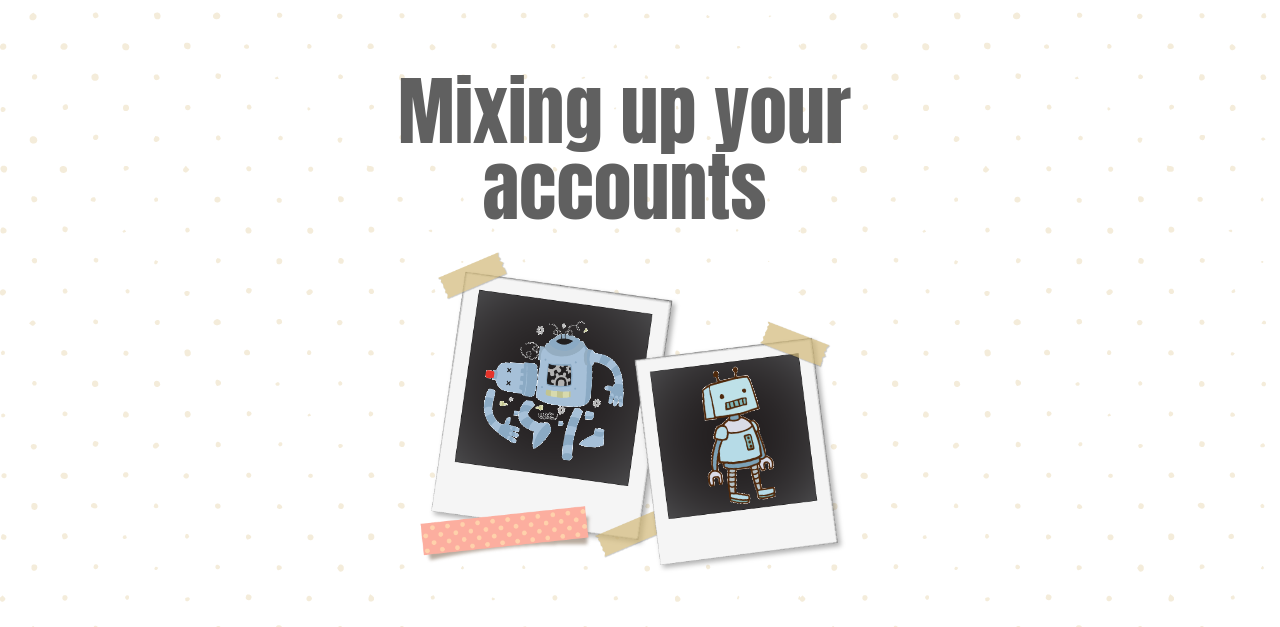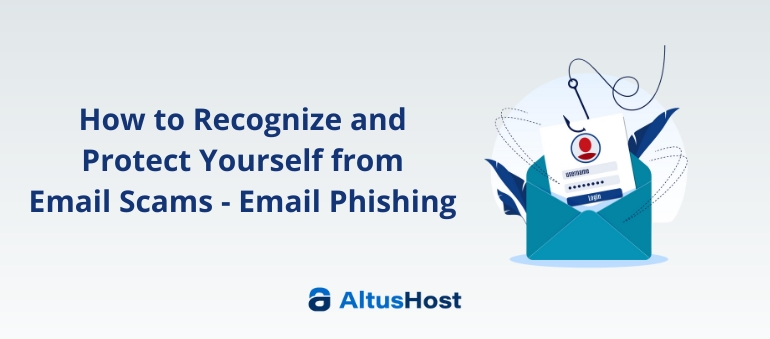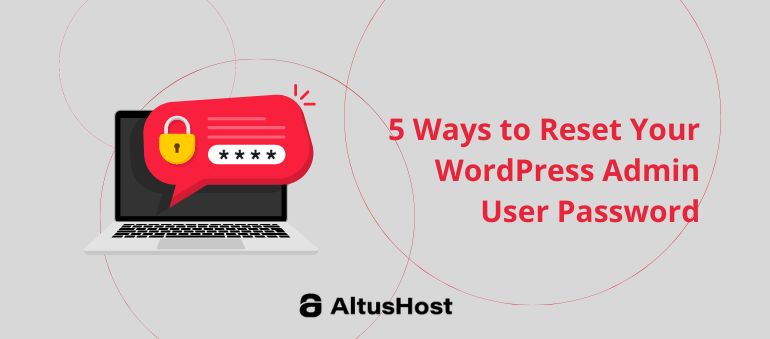Of course, you want to get on social media as a small brand. It’s a fantastic way to spread your brand and your message far and wide. You might even have something go viral and reach millions of people at little or no effort on your part (though that’s harder than you might think).
At the same time, if you screw up you can do a lot of damage to your brand. In fact, it can be so bad that it can actually destroy your business. And all it takes is an unguarded moment or a poorly considerate move.
To help you guard against that, here are some of the things you really need to watch out for as you’re working on building up your social media.
Taking advantage of tragedy
One of the biggest no-nos is to try and take advantage of other people’s empathy or tragedy. For example, after a tornado hits a coastal town and hundreds of people die, trying to use that to sell your brand.
This is just a horrible idea as it will almost always be interpreted as a calloused and cynical way to take advantage of somebody else’s misfortune.
Of course, you can make things even worse by not just being insensitive but also appear clueless. For example, one butcher in the UK decided to honor the death of Prince by selling purples sausages. This didn’t go down well at all. You see, Prince was a vegan.
Now, this doesn’t mean it’s a bad idea to share your condolences or show your support for people. A heartfelt message can be well received. Just don’t turn it into a marketing attempt. Because though you might not see how it will be badly interpreted, that doesn’t mean it won’t be. And once it is, there is no putting that jinni back in its bottle.
Using it to spam your users
You might think it’s a good idea to send an automated message to a user when they send you a message or use a certain hashtag. You might want to think again. After all, people might end up sending several such messages to the same #hashtag or account and get incredibly frustrated with the constant reply messages they receive.
Even if they only get one such message, if it feels overly “salesly”, annoying and pre-generated that’s still often going to lead to a negative response from users. And the moment users dislike something you’re sending their way, you’re doing something wrong.
Forgetting the ‘social’ part of social media
Yes, you’re on social media with your company in order to push your brand and your products. You know that. I know that. Even your followers should know that. And yet, if you forget that social media is mainly about building networks of friends and connections, then you’re social media efforts are probably not going to amount so much.
People use social media for a lot of reasons, but for finding out what a specific brand is hawking could be pretty low down on the list (in fact, it doesn’t even show up in this top ten list). And if you’re not giving users what they’re looking for on their social media accounts, well then they won’t follow you to begin with and even if they do, will stop following you soon enough.
Here are the top four reasons people use social media from that same list mentioned above:
1. To stay in touch with what friends are doing
2. To stay up-to-date with news and current events
3. To fill up spare time
4. To find funny or entertaining content
As it’s hard (though not impossible) to position yourself as a friend, you should aim at 2 to 4. Share interesting news with them where possible and give them funny and entertaining content that they can use to fill up their spare time. That’s far more likely to build your brand than consistently pushing your products.
And then when you push your products, you’ll have a larger follower base and a higher engagement rate – which, in turn, will boost the actual reach your product posts have.
Note, you don’t need to produce all of the content yourself. You can often link to other people and companies. Even better, if you let these people know you’re linking to them you can even build up relationships, which can stand you in good stead down the line when you want to push bigger announcements out there.
Not engaging with customers
As I said earlier, social media is all about being social. That means that you don’t want just to publish content on your social media platforms and “satisfy” the reason people actually go on social media, but also that you need to engage with people.
If you’re lucky, that just means actually responding to people who show an interest in what you’re doing. If they have questions, you answer them. If they have suggestions, you engage with those and show that you’re grateful for what they’re saying.
If you manage to create an atmosphere in which people feel that your site isn’t just a one-way street, but instead a solid community, then they’re far more likely to participate themselves. If not, well, then they won’t.
For this reason, be sure to ask questions, offer polls, start competitions and do whatever else you can to draw people in.
Of course, you want people to actually engage with your questions because if they don’t, that can easily do harm to your brand as well. So, in the beginning, you might wanna ask the audience you know that will certainly provide you an answer, and reduce the potential risk.
Venturing into political minefields
There are a lot of places where, as a company, you shouldn’t venture, Those are some pretty dark places in which your efforts are easily misinterpreted, taken out of the context, with some seriously pissed off folks. Sometimes in hindsight, it will be obvious why they’re offended. Other times, you won’t even be able to tell why people are angry (and therefore can’t predict that they will be).
Some areas you really want to avoid are issues of race and sex – particularly if they’re related to minority groups and/or women. Here’s a good example of how not to do it. Vera Bradley, recently “explored” why it’s good to be a girl.
Some statements like, “That moment when a gentleman offers you his seat,” and “Being able to hang out with the boys but still be treated like a lady” did not resonate well with audiences.
Similarly, the recent Dove campaign where a black woman turns into a white one, was a poor choice by the brand – particularly as it went against the very brand image they’ve been trying to build over the last decade. It would be a little bit like paper writing help putting an ad out with poor grammar.
Promotions that aren’t
Promotions are often great. People love discounts on products – it’s all down to psychology. The thing is, it does need to be an actually interesting promotion if you’re going to get people interested. Even worse, if it’s too small instead of interesting people, you’re far more likely to offend them.
For example, Amazon tried to entice people to buy the PlayStation 4 by giving a promotion. But as the promotion was only worth 10 cents on a several hundred dollar devices, rather than generating positive publicity they got a lot of negative instead.
Generally, the rule should be if it isn’t at least close to 10% then you should probably refrain. One thing to note, people are very bad at math. This means that some promotions sound far bigger than other ones. For example, offering 30% off sounds like a much worse deal than ‘buy two get one free’. In truth, they’re almost the same offer. So use strategies like this to make your promotions sound even better.
Mixing up your accounts
Be very careful who you give access to your company’s social media accounts. There have been a lot of cases where people thought they were posting things from one account and it turned out to be quite the opposite.
And as people will often say things on their personal accounts which can be incredibly damaging if they come from a company, that can be an absolute disaster.
The best thing to do is separate the accounts onto different devices so that the chance somebody will use the wrong account to post things is much reduced. Of course, this does mean that it will become harder to simply post replies and engage with customers if you’re not near the business device.
Alternatively, you can create different profiles for the different accounts on the same device. As long as they’re clearly marked in some way as different, this can be quite effective.
Unfortunately, there are more ways to screw up at social marketing than there are to get it right. An equally big problem is that one mistake can undo years of hard work. And then there’s the problem that what may initially seem like something that isn’t such a big deal but it certainly can become one.
For this reason, you want to be really careful with your social media. Make sure not too many people have access and they understand the harm that different efforts can cause. It might also be a good idea to make sure that new responses and posts get checked by others before they get published. Yes, that does create some extra work, but sometimes a failsafe is all that stands between you and a (social media) disaster.
About the author: Ashley Kornee is a blogger and freelance writer. She always tries to write about ordinary things in a creative way. You can find her on Facebook and Twitter.

